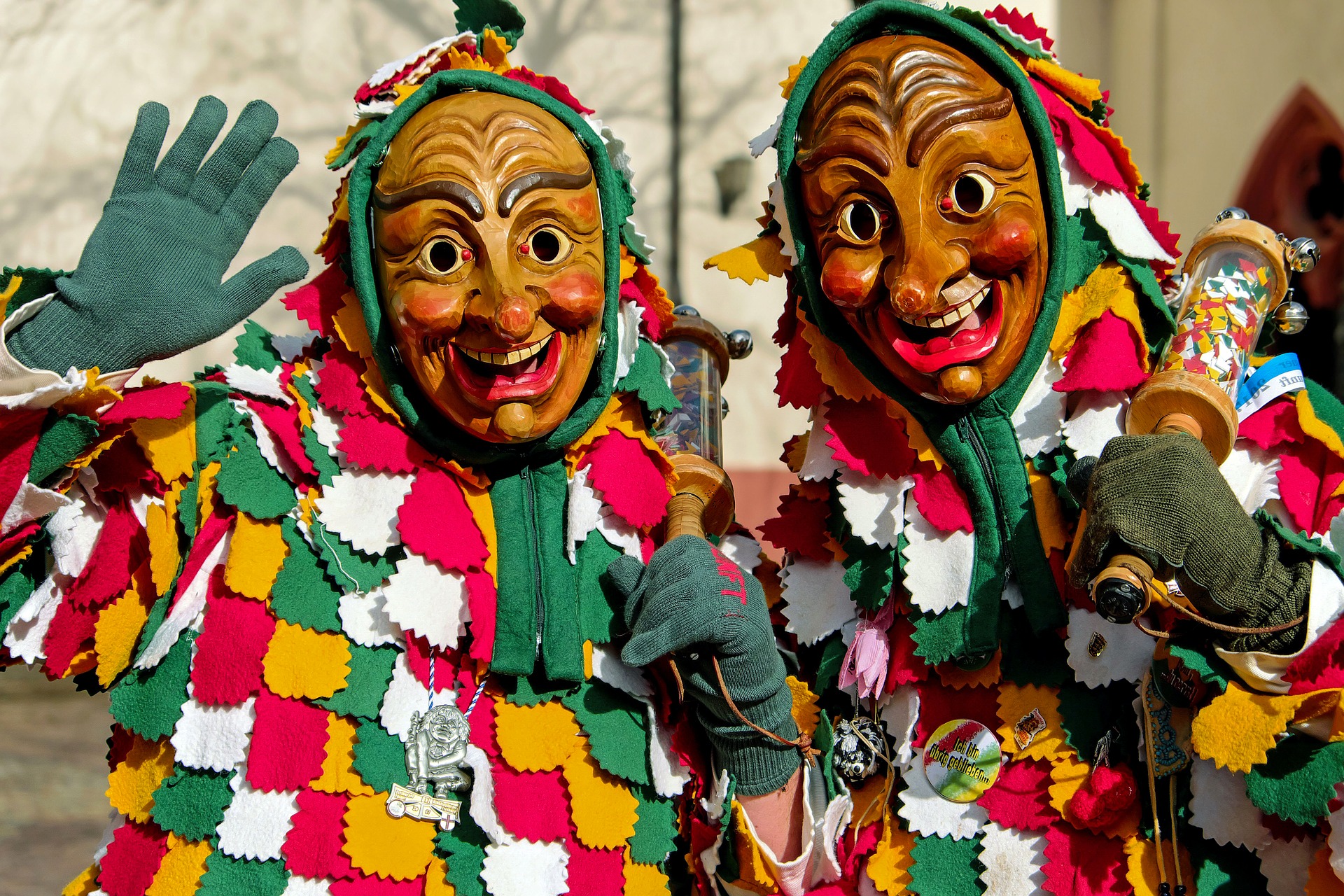
Top five carnivals around Europe
Published on 06.03.2020
The Carnival season is around the corner and Europe does not get left behind during this festivity. Here’s a guide to the top five Carnivals being held on the old continent. You may feel as if you’ve stepped into the childhood or of a wild circus and a victory parade. Getting into a festive mood, check out some of Europe’s carnival.
Basel Fasnacht
In February you can feel Switzerland being overtaken by carnival fever. What is Fasnacht? In German-speaking Switzerland and across parts of Germany, Fasnacht is the carnival. The biggest and most popular Fasnacht celebration occurs in the Swiss city of Basel! Basel Fasnacht is an annual three-day celebration.
Did you know that Basel Fasnacht was recognized as an element of Intangible cultural heritage by UNESCO? The carnival is filled with love, joy, music, color, celebrations, tradition, comedy, scary masks, costumed participants and a huge amount of confetti.
Basel Fasnacht is also famous for the lantern festival, which is the best-known festivals in the world. Colorful and hand-painted lanterns are on display in the Munsterplatz, it is magic when the lanterns light up the dark.
The Mainz carnival
Carnival is a cultural phenomenon rooted in the city's history. The carnival of Mainz is known throughout Germany. The main festival is spread over six days. Carnival Saturday belongs to the children with the legendary Jungenmaskenzug. It is a parade of children wearing masks, and it takes place in the city centers. It is the biggest children’s parade in Europe and a fun parade during Many carnival festivities.
The parade is perfect chance for visitors to show their creativity and dress up in a variety of costumes. Mainzer Fastnacht is one of the oldest carnival celebrations in Germany. The Mainz Carnival is a little bit different than other carnivals. It has an unusual emphasis on political and literary humor and commentary.
The Cologne carnival
The origin of the Cologne Carnival goes back to the Middle Ages and is still celebrated every year. If you prefer a crazy festival, you can become part of the ghost train. It is celebrated in honor of the Roman Empress Agrippina, who was born in Cologne almost 2000 years ago. Carnival in Cologne is about fancy dress, there are no limits to imagination. The important thing is to feel comfortable. Rose Monday is the final day of the festival and it is also the largest parade in Germany.
The Salzburger carnival
The oldest carnival in Austria takes place in Salzburg. No wonder Fastnacht is celebrating here with special enthusiasm! During the grand carnival parade through Rauris, numerous colorful carnivals roam the streets, and a large after-show party takes place in the evening. The carnival is celebrated at Shuttleberg Flachauwinkl-Kleinarl by the legendary clown party - including a live performance by Salzburg clowns. The proceeds from the red clown noses that are available at the elevator cash registers are used for a good cause.
The Eindhoven carnival
Carnival in Netherlands is called Carnaval and it is traditionally celebrated in the Catholic region of the Netherlands. Carnival starts on Sunday and follows through to Ash Wednesday. Lampegat is the name of the Carnival celebrations in Eindhoven. Lampegat is translated as a light bulb village and refers to the history of the city as the first-ever producer of light bulbs. Carnaval is fun for every member of the family. The celebrations are full of street parties, the whole city turns into orange-blue colors.
Before the Carnaval, there are lots of fun activities. On Thursday night you can visit Pekske Pronken, which means Show off your costume. The official Carnaval starts with the parade, you can see floats line, colorful costumes.
The Carnival starts when mayor symbolically hands over the key to the city to Prince Carnival. The Prince controls the city for three days.
Fasching is a traditional German celebration, also known as Karneval or Fastnacht. Carnival season has been celebrated for centuries.
Back to article list